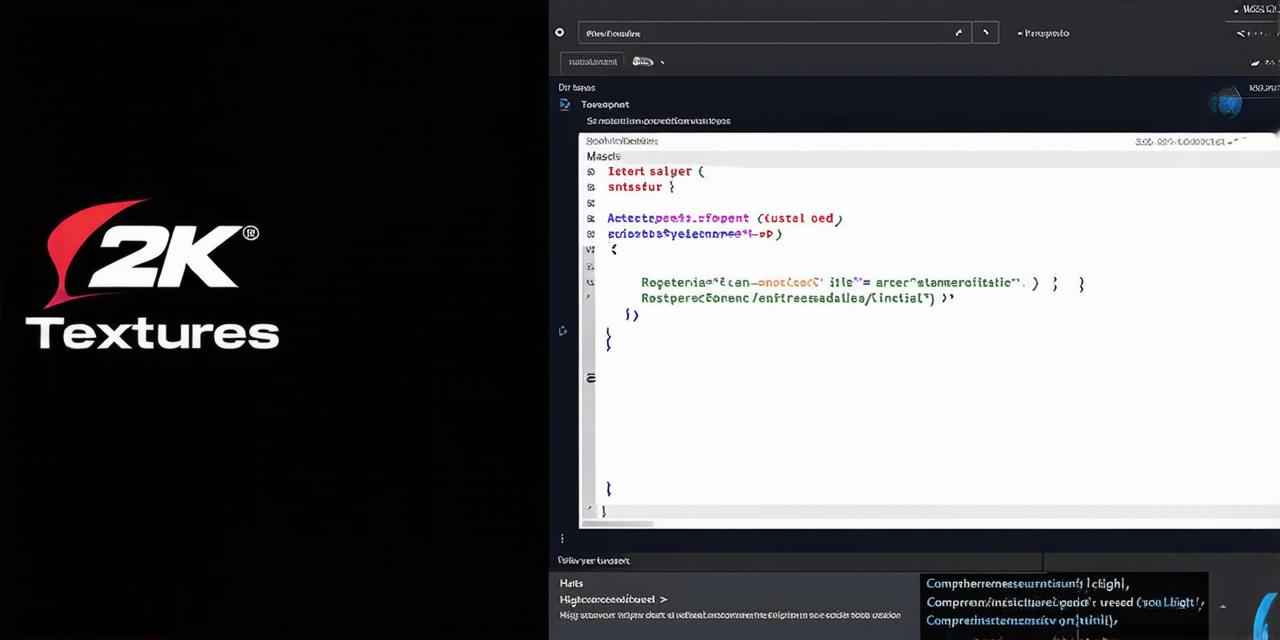Virtual Reality (VR) technology is rapidly changing the way we interact with digital content and each other. With VR development on the rise, it’s important for developers to have a solid understanding of the tools and techniques required to create immersive experiences.
In this comprehensive guide, we will explore how to master VR development with Unity, one of the most popular game engines used in VR development.
Understanding the Basics of VR Development with Unity
Before diving into the details of VR development with Unity, it’s important to understand the basics of how VR works and what makes it different from traditional 2D gaming. VR technology uses sensors to track the movement of the user’s head and adjust the environment accordingly, creating a more immersive experience.
Unity is a cross-platform game engine that supports both 2D and 3D development. However, with the rise of VR, Unity has become a popular choice for VR developers due to its robust VR tools and support. To get started with VR development in Unity, you will need to download and install the latest version of Unity and set up your development environment.
Exploring Unity’s VR Tools and Features
Unity comes with a range of built-in tools and features designed specifically for VR development. These include:
- VR Camera: Allows you to control the camera in a VR environment and adjust its position, field of view, and aspect ratio.
- VR Controller Support: Enables support for VR controllers such as Oculus Touch, HTC Vive Wands, and Windows Mixed Reality Controllers.
- VR Audio: Allows you to add 3D audio to your VR environment, creating a more immersive experience for the user.
- VR UI Elements: Provides a range of pre-built UI elements specifically designed for VR development, including buttons, sliders, and text fields.
- VR Rigging: Enables the creation of realistic character animations in VR environments by providing tools for rigging and animating characters.
Mastering Unity’s VR Tools and Features
Once you have a basic understanding of Unity’s VR tools and features, it’s time to start mastering them. Here are some tips to get you started:
- Start with the basics: Before diving into complex VR development, it’s important to understand the basics of Unity and how it works. Take the time to learn about Unity’s scripting language, C, and how to create basic scenes and objects in Unity.
- Experiment with VR controllers: VR controllers are a key component of VR development, and it’s important to understand how they work and how to integrate them into your VR environment. Experiment with different controller types and configurations to find the best setup for your project.
- Use 3D audio: Adding 3D audio to your VR environment can greatly enhance the immersion of the user experience. Learn how to create and implement 3D audio in Unity, and experiment with different soundscapes and effects to create a truly immersive experience.
- Create realistic character animations: Character animations are an important part of any VR environment, and creating realistic animations can greatly enhance the user experience. Learn how to rig and animate characters in Unity, and experiment with different animation techniques to create believable movements.
- Optimize your VR scenes: VR environments can be demanding on hardware, so it’s important to optimize your scenes to ensure smooth performance. Learn about best practices for optimizing VR scenes, such as reducing polygon count, minimizing draw calls, and using texture compression.
- Beat Saber: Beat Saber is a popular VR rhythm game that was developed using Unity. The game features dynamic environments and realistic character animations, creating an immersive experience for the user.
- Job Simulator: Job Simulator is another popular VR game developed with Unity. The game allows players to simulate various jobs in a VR environment, from cleaning to cooking. The game features realistic animations and interactions, creating a highly immersive experience for the player.
- Alien Covenant: Alien Covenant is a sci-fi movie that was partially filmed using VR technology developed with Unity. The film features stunning visual effects and immersive environments that were created using VR tools in Unity.
Real-Life Examples of VR Development with Unity
To illustrate the potential of VR development with Unity, let’s take a look at some real-life examples:
Conclusion
Mastering VR development with Unity requires a combination of technical skills, creativity, and a willingness to experiment and learn. By following the tips and best practices outlined in this guide, you can create highly immersive and engaging VR experiences that will capture the
